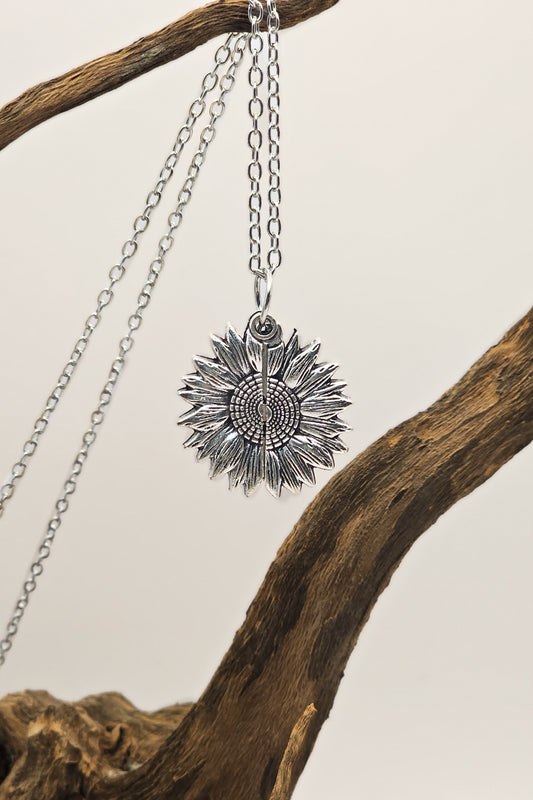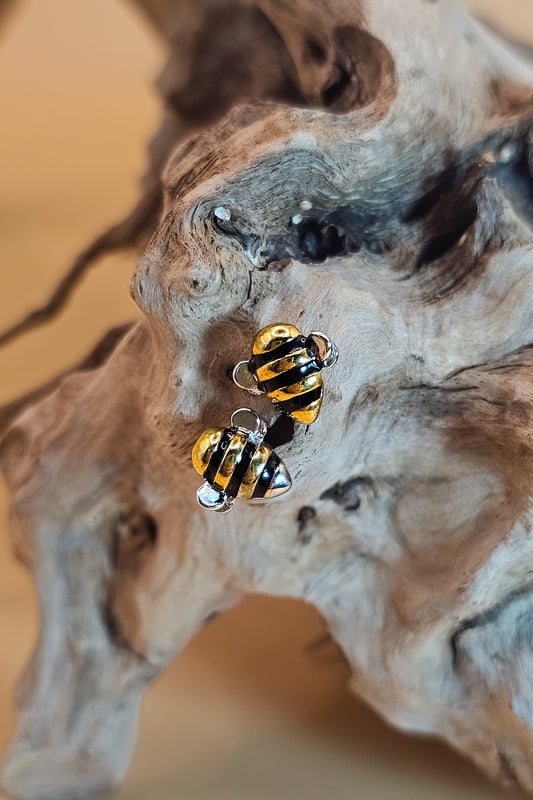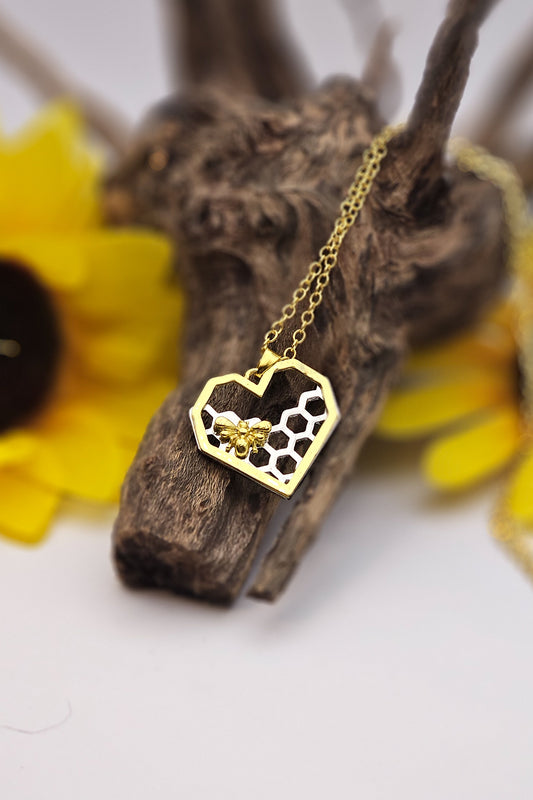Unlike south Florida where winters are balmy, north Florida can have cold weather in January. The thermometer in north Florida can hit subfreezing temperatures and glaze over. A stillness and seasonal silence spreads across the lands, forests, and pastures of north Florida, and all is quiet.
Many insects, including bees, live here all year around. They are not migratory, nor do they fly south for a softer winter near the equator when a bitter cold snap arrives, they stay put in north Florida and navigate the fluctuating temperatures, sporadically foraging for food.
A large carpenter bee with the scientific name Xylocopa virginica is one of these hardy insects. There are over 400 such species worldwide. Most of them build nests by burrowing into dead wood.
The carpenter bee is large and bombastic and can be mistaken for a bumblebee sometimes. Their color, size and even behavior can be similar. To figure it out, check the abdomen of the bee. Bumblebees have fine hairs on their abdomens, but carpenter bees have shiny, bare abdomens.
This unrelated 4:19-minute video by Chris Perkins reveals 25 fascinating facts about carpenter bees:
In the wild parts of Panhandle Florida there is lots of fallen dead timber that can be used as preferred spring nesting sites, but these tenacious bees will just as easily drill into untreated wooden siding and lumber on a house belonging to humans.
The carpenter bee is considered a solitary bee, even if there are several nests near each other. In the nest you find a single female that lays eggs in a tubular segmented nest. The nest’s opening is an almost perfect 5/8-inch (16 mm) hole.
A nest has only one opening, but usually multiple tunnels will branch off the main passage if space permits. There is usually a single passageway with eggs opposite the opening.
These bees do not eat the wood dug out to create the nest passages. They use the excavated wood pulp as construction material on their nest. Sawdust is often found beneath the opening of a new nest.
They survive on pollen and nectar. They are not honey producers like European honeybees, but they store resources for survival during winter. On warmer winter days they collect pollen from winter blooming flowers. Camellias, both sasanquas and Japonicas, are favorites of winter foraging insects.
Only genetically superior carpenter bees endure. Most of the ones flying in January 2022 hatched in late summer 2021. This is when most of 2020’s bees died, except for a few females.
The Xylocopa virginica species of carpenter bees tend to reuse the previous year’s nests, as well as drilling new nests in available wood.
Carpenter bees are considered pests by many people and are often exterminated. We advocate for protecting them, and being proactive by taking steps to keep your wood safe from their drilling. They are just being true to their own nature and want to create a safe home for their babies. They do not know their actions can get them killed. Please treat these bees with respect.








